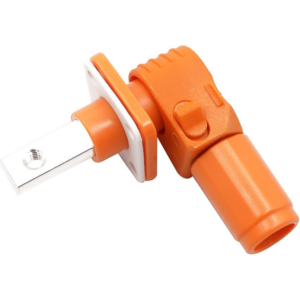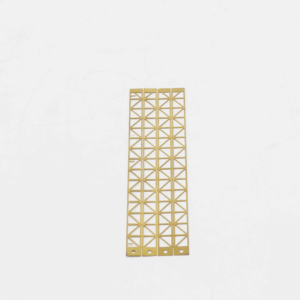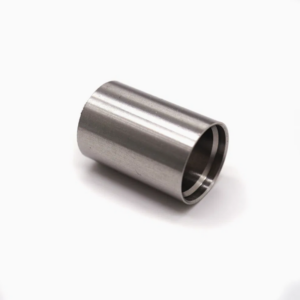The selection of finishing options in the design and manufacturing of precision metal stamped components is a critical aspect that can significantly impact the performance and longevity of the parts. Engineers and project managers, in collaboration with manufacturing teams, suppliers, and metal stamping specialists, must work together to identify the most effective finishing techniques tailored to each component’s requirements. Whether the goal is to prevent corrosion, enhance aesthetics, or refine sharp edges, effective surface treatment is an essential step that should be incorporated from the outset of the production process.
Common Finishing Techniques
Powder Coating and E-Coating
Powder coating and e-coating are two widely used finishing processes that improve the surface properties of metal parts. Both methods offer multiple benefits, including aesthetic enhancement and corrosion protection.
– Powder Coating: This technique applies a dry powder coating, which is then cured using heat to form a durable, resilient finish. It is favored for its wide array of colors and textures, making it particularly popular in industries such as automotive manufacturing.
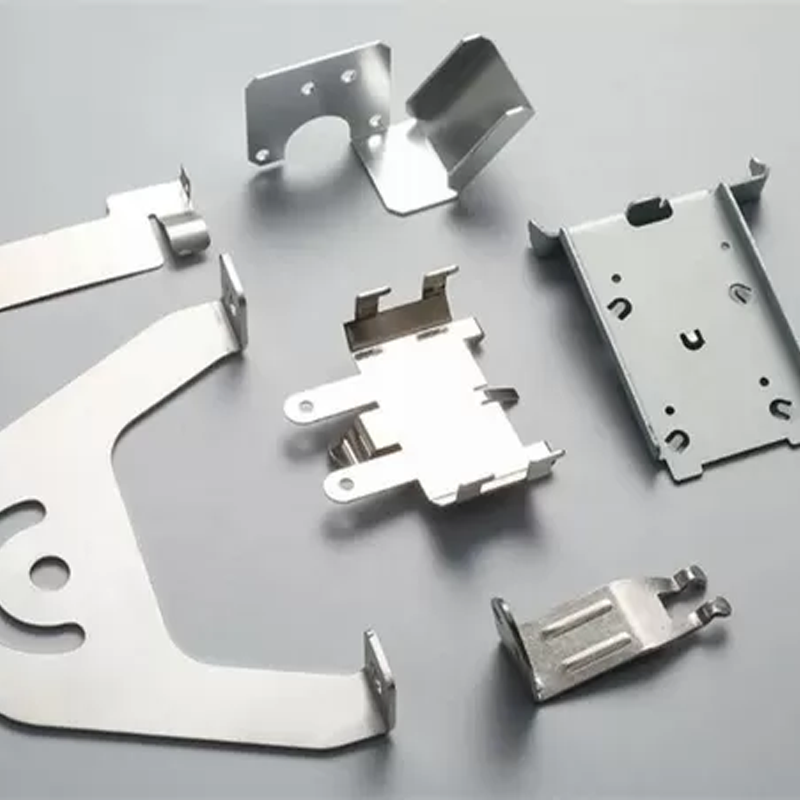
– E-Coating (Electrocoating): E-coating involves immersing components in a paint solution and utilizing electric current to attract the coating onto the surface. This process is often used as a primer to enhance corrosion protection and provides a uniform base for additional paint applications.
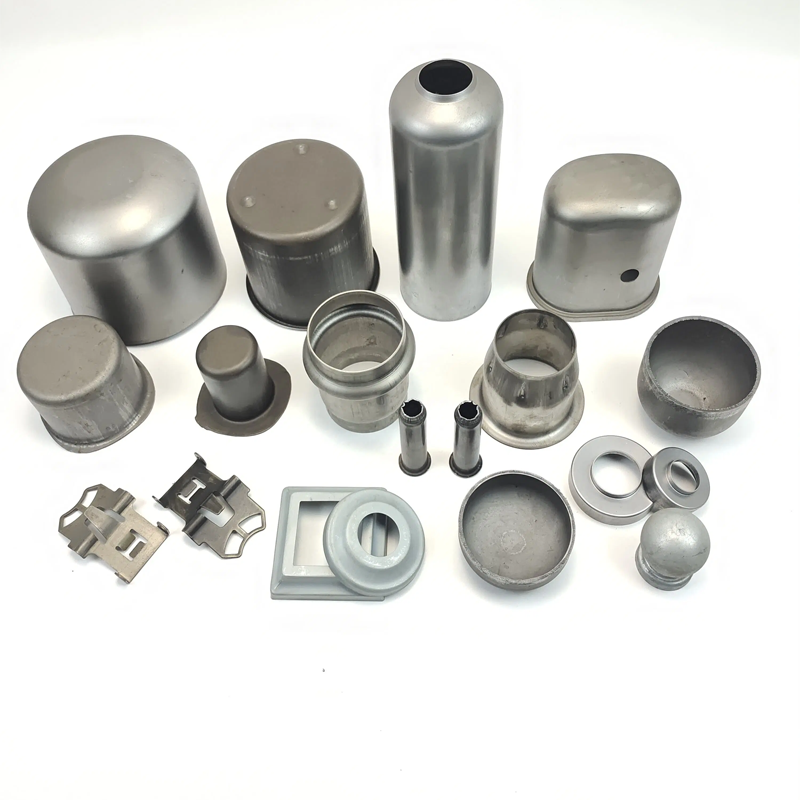
Advantages of Coating Techniques:
– Enhanced corrosion resistance
– Improved aesthetic appeal
– Serves as a primer for subsequent finishes
– Increased wear and chemical resistance
– Modification of friction properties
Metal Plating
Metal plating is another vital finishing method applied in various industries, from automotive components to small electronics. This technique not only enhances the appearance of the components but also provides additional benefits such as corrosion resistance and improved electrical conductivity.
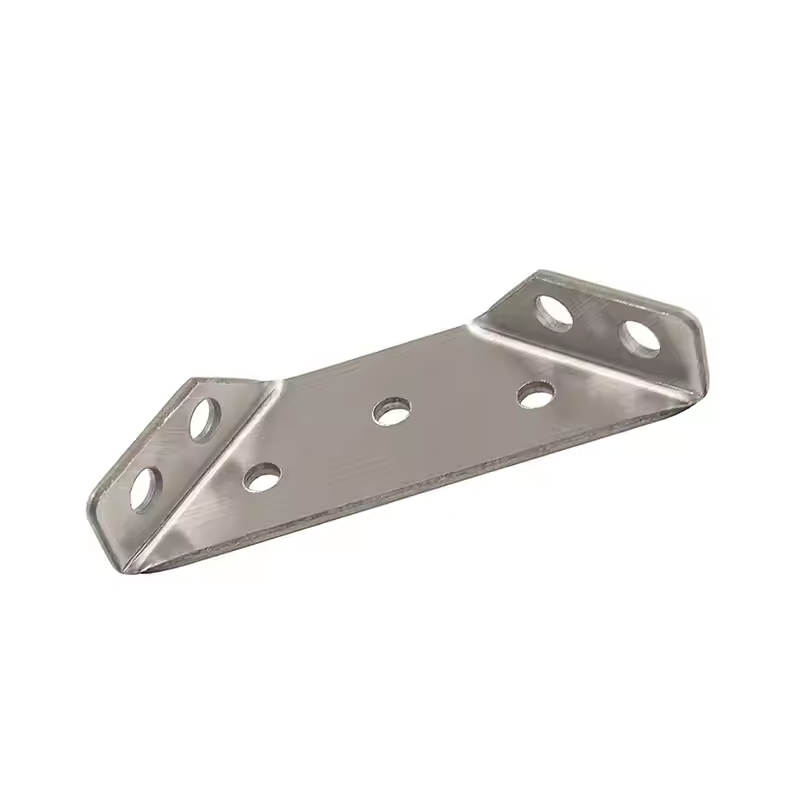
Plating can be specified in various thicknesses and materials, including precious metals like gold and silver, as well as more economical options like zinc and copper. The choice of plating material significantly affects the overall cost of the component.
Types of Plating Processes:
– Pre-Plating: Involves plating the raw metal prior to stamping, often at a lower cost.
– Post-Plating: Applied after fabrication, ideal for components exposed to severe conditions.
– Spot-Plating: Primarily utilized for precious metals in localized areas requiring plating.
Common Plating Techniques:
– Reel-to-reel plating
– Barrel plating
– Rack plating
– Zinc or zinc-nickel electroplating
– Aluminum chromating
Electropolishing
Electropolishing is an advanced finishing process that enhances the surface quality of metal components by removing a thin layer of material and contaminants through immersion in a chemical electrolyte bath subjected to electrical current.
– Rack Electropolishing: Ideal for complex stamped parts requiring high precision.
– Bulk Electropolishing: A cost-effective solution for simpler components such as fasteners.
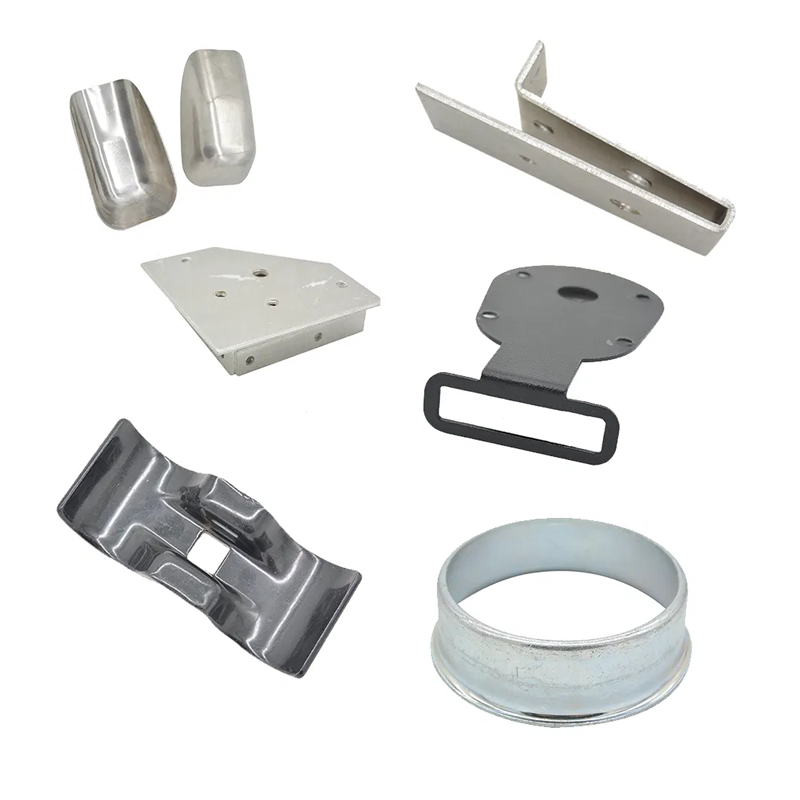
Benefits of Electropolishing:
– Improved aesthetic and surface smoothness
– Enhanced corrosion resistance
– Removal of minor imperfections
– Increased fatigue life
– Ultra-clean surfaces for sensitive applications
Deburring
Deburring is a crucial post-stamping process that involves removing burrs—small metal projections left on components after stamping. Effective deburring is essential for ensuring optimal fit and function.
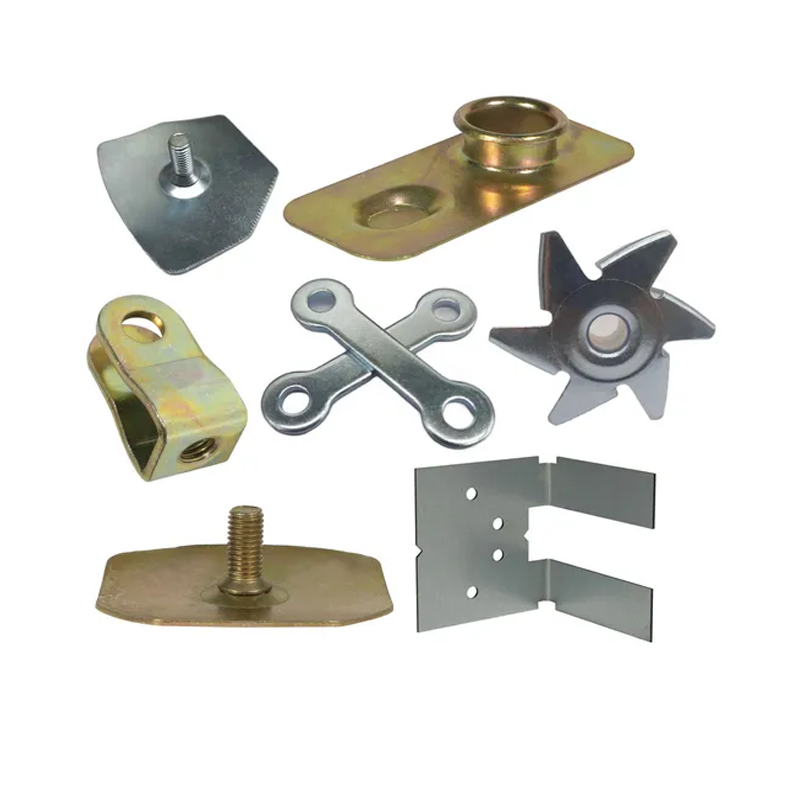
Common Deburring Techniques:
– Bulk Deburring: Employs barrel and vibratory finishing methods to tumble or vibrate parts in abrasive media, effectively removing sharp edges and contaminants.
– Electropolishing: Also acts as a high-precision deburring option, yielding a mirror-like finish.
Heat Treating
Heat treating involves controlled heating and cooling of metals to modify their microstructure, thus enhancing physical and mechanical properties. This process allows manufacturers to utilize softer steel alloys while achieving the necessary strength for intricate designs.
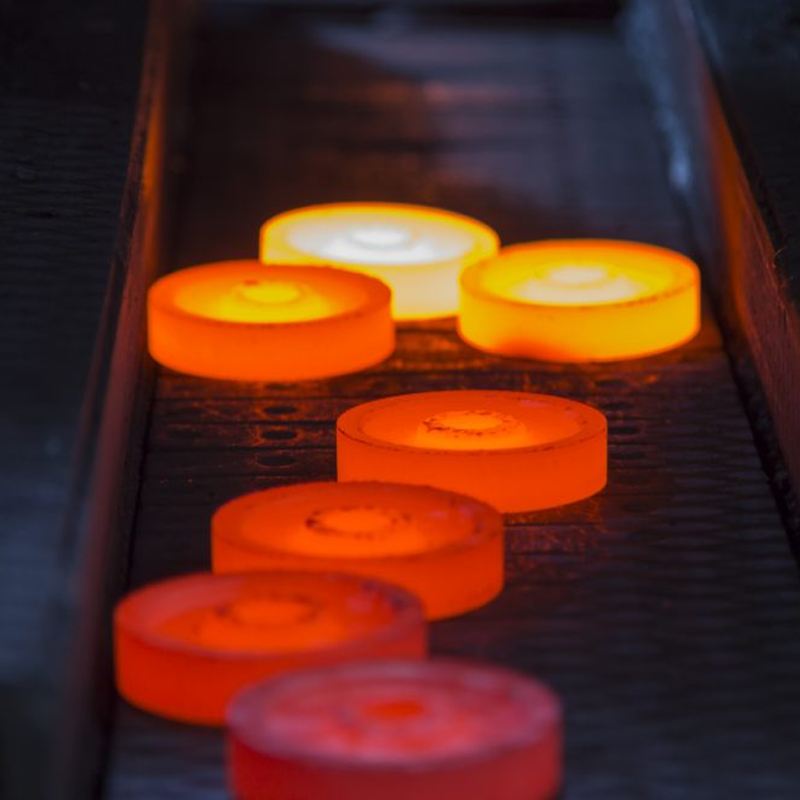
Types of Heat Treating Processes:
– Quenching: A hardening process involving heating the metal and rapidly cooling it using various media, such as oil or salt, to increase strength and wear resistance.
– Annealing: A softening process that improves malleability and reduces internal stress and brittleness.
Cleaning Techniques
Post-manufacturing, metal stampings can accumulate residues such as lubricants, metal shavings, and dust that can impair performance. Various cleaning methods are employed to effectively remove these contaminants, improving both appearance and functionality.
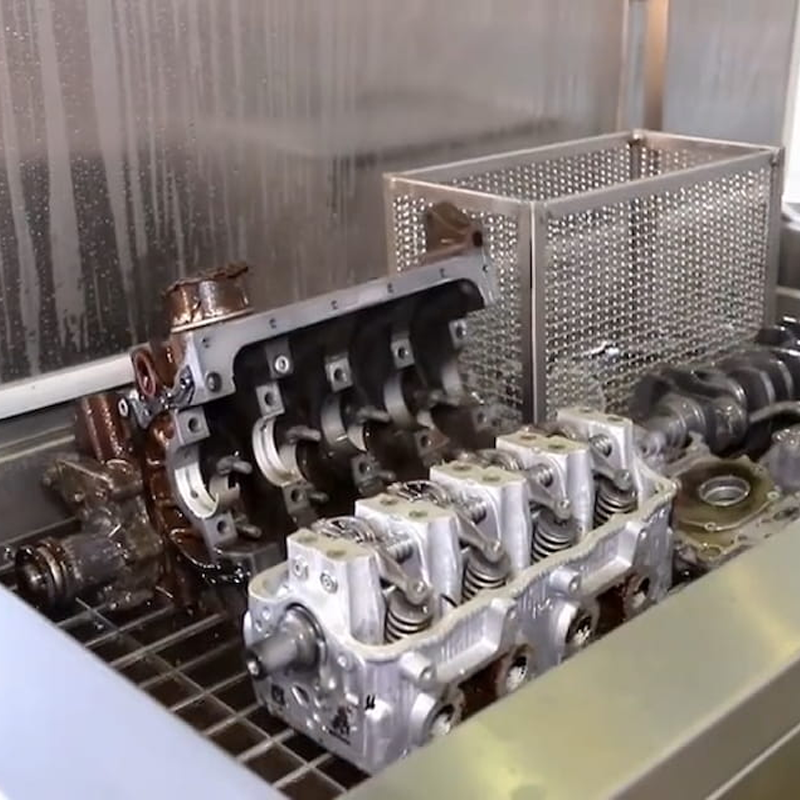
Typical Cleaning Methods:
– Degreasing: Utilizes aqueous or vapor techniques to eliminate oils.
– Passivation: Employs citric or nitric acid to prevent rust formation.
– In-line Spray or Immersion Cleaning: Provides thorough cleaning.
– Electropolishing and Sterilization: Ensures ultra-clean surfaces for sensitive applications.
Evaluating Finishing Options During DFM
Incorporating finishing options early in the Design for Manufacturability (DFM) process is crucial for avoiding unexpected costs and delays. Collaborating with a precision metal stamping provider that combines in-house capabilities with reliable suppliers for specialized finishing operations can yield optimal results.
Engaging experienced metal stamping engineers familiar with a range of finishing techniques offers valuable insights, helping to identify the most appropriate methods for specific product requirements. By integrating finishing considerations into the design phase, manufacturers can ensure that their stamped components not only meet performance expectations but also enhance overall quality and durability.
Advantages of TopMetalStamping in Surface Treatment
At TopMetalStamping, we take pride in our comprehensive approach to surface treatment, offering a range of advanced finishing options that distinguish our products in the market. Our commitment to quality and innovation ensures that our customers receive the best possible components tailored to their specific needs.
- Expertise in Diverse Finishing Techniques: Our team possesses extensive knowledge in various finishing methods, from powder coating and plating to electropolishing and heat treating. This expertise allows us to recommend the most suitable options for enhancing both the functionality and appearance of your components.
- State-of-the-Art Equipment: We utilize cutting-edge technology in our finishing processes, ensuring precision and consistency in every component we produce. Our advanced equipment allows us to achieve high-quality finishes that meet rigorous industry standards.
- Commitment to Quality Control: Quality is at the forefront of our operations. We implement robust quality control measures at every stage of the manufacturing process, including surface treatment. Our rigorous testing protocols ensure that each component meets the highest standards for performance and durability.
- Sustainable Practices: We prioritize eco-friendly practices in our surface treatment processes, minimizing waste and utilizing materials that are safe for the environment. Our commitment to sustainability not only benefits our planet but also enhances the value of our products.
- Tailored Solutions: At TopMetalStamping, we understand that every project is unique. We collaborate closely with our clients to develop tailored surface treatment solutions that align with their specific requirements, ensuring optimal results for their applications.
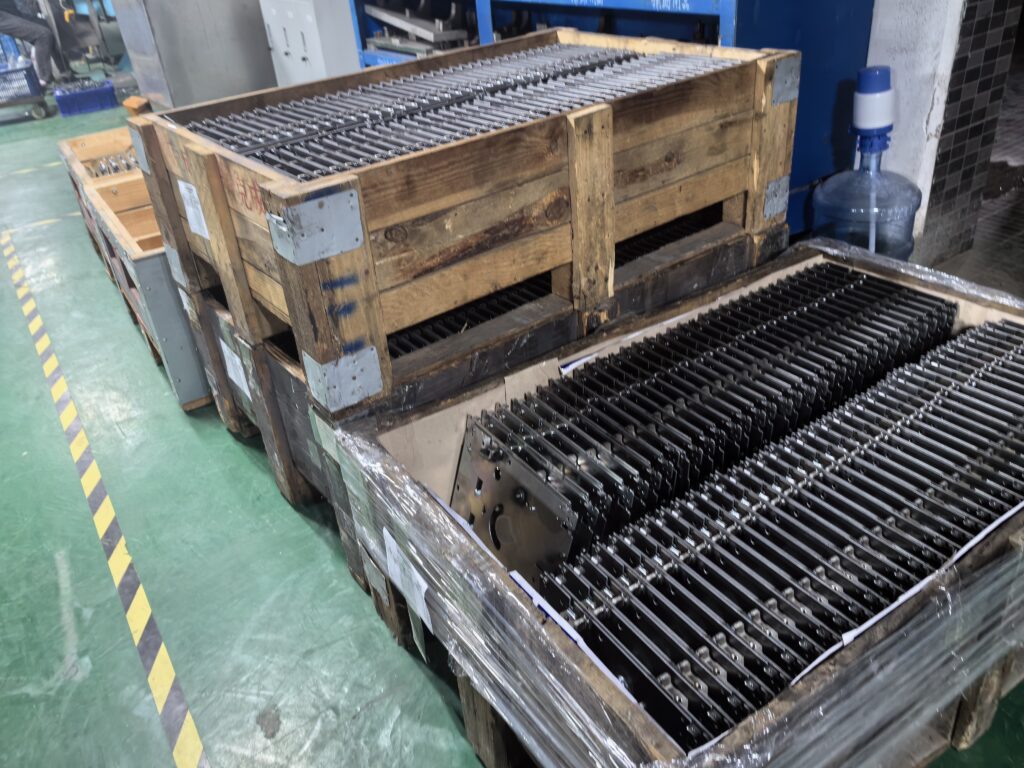
In summary, the selection of appropriate finishing options is integral to achieving the desired performance characteristics in precision metal stamped components. By leveraging our extensive capabilities and expertise in surface treatment, TopMetalStamping is well-equipped to deliver high-quality components that meet and exceed customer expectations.

